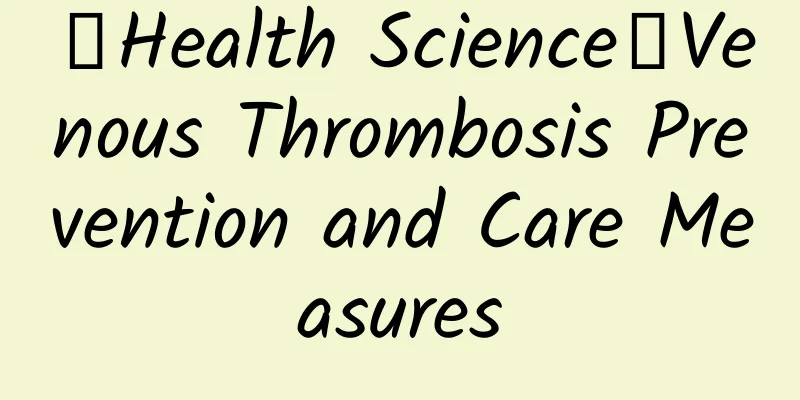Aflatoxin B1: The invisible carcinogen on the dining table

|
In our daily lives, food is an indispensable part of maintaining life. However, did you know that some foods may contain a carcinogen called aflatoxin B1 (AFB1). This fungal toxin, if ingested by the human body for a long time, may induce serious diseases such as liver cancer (HCC). Aflatoxin B1 is a toxic metabolite produced by Aspergillus flavus. It is clearly identified as a human carcinogen by the WHO International Agency for Research on Cancer (IARC). This toxin often contaminates our staple foods, especially corn. In parts of Africa and Asia, where aflatoxin is less frequently detected in food, the problem of aflatoxin B1 contamination is more prominent. The carcinogenic mechanism of aflatoxin B1 is quite complex. It can cause DNA damage and gene mutation by interfering with the normal metabolic process of cells. Epidemiological studies have shown that there is a strong correlation between dietary aflatoxin B1 intake and TP53 gene mutations and the incidence of liver cancer. It is particularly noteworthy that this correlation is more significant in people infected with hepatitis B virus (HBV). So, what foods in our daily life may contain aflatoxin B1? First, moldy food is the most common source of contamination, especially moldy corn, peanuts, rice and other grain crops, as well as long-stored dried fruits, nuts and other foods. In addition, since aflatoxin thrives in a humid and warm environment, foods that are stored in poor conditions or for too long are also susceptible to contamination. How should we prevent such health risks? First, choose regular channels when purchasing food to ensure that the food is fresh and mold-free. Second, when storing food, keep the environment dry and ventilated to avoid moisture and high temperature. At the same time, clean the kitchen and storage space regularly to prevent mold growth. Finally, for moldy food, be sure to discard it resolutely and do not eat it. |
<<: Let me tell you a secret: cirrhosis is so terrible because of 4 aspects!
>>: Interesting Medicine Talk | Loratadine (with audio)
Recommend
What are the risks of asymmetrical breasts in women?
A study shows that if the volume of the two breas...
Juniper Research: Global Mobile Virtual Items Market Size to Reach $3 Billion in 2011
On October 26, according to a new research report...
Can hcg test for ectopic pregnancy?
When it comes to ectopic pregnancy, many people a...
Normal ferritin levels in pregnant women
Lactoferrin is a very important nutrient. It play...
What are the precautions for in vitro ovulation induction?
The most important thing in the process of in vit...
How to treat uterine coldness?
A cold uterus is actually what we often hear as &...
How to carry out family rehabilitation training for children with motor development delay
What is developmental delay? Simply put, it refer...
Is it normal to have regular menstruation and ovulation?
Many women often have irregular menstruation, whi...
How to treat pelvic inflammatory disease?
Pelvic inflammatory disease is a relatively commo...
What is the best way for women to shrink their vagina
Generally, women's vaginal opening will becom...
What causes frequent urination in women?
When frequent urination and urgency occur, it usu...
What precautions should be taken after miscarriage?
I believe that in real life, some women have had ...
[Popular Science China]-Acute phosgene poisoning
Acute phosgene poisoning is a systemic disease ca...
The difference between ovarian cysts and tumors, women must read this!
Ovarian cancer is a common malignant tumor diseas...
Is the hepatitis B vaccine a permanent solution? Is antiviral treatment necessary if you are infected with the hepatitis B virus?
Author: Jia Jidong, Chief Physician, Beijing Frie...









